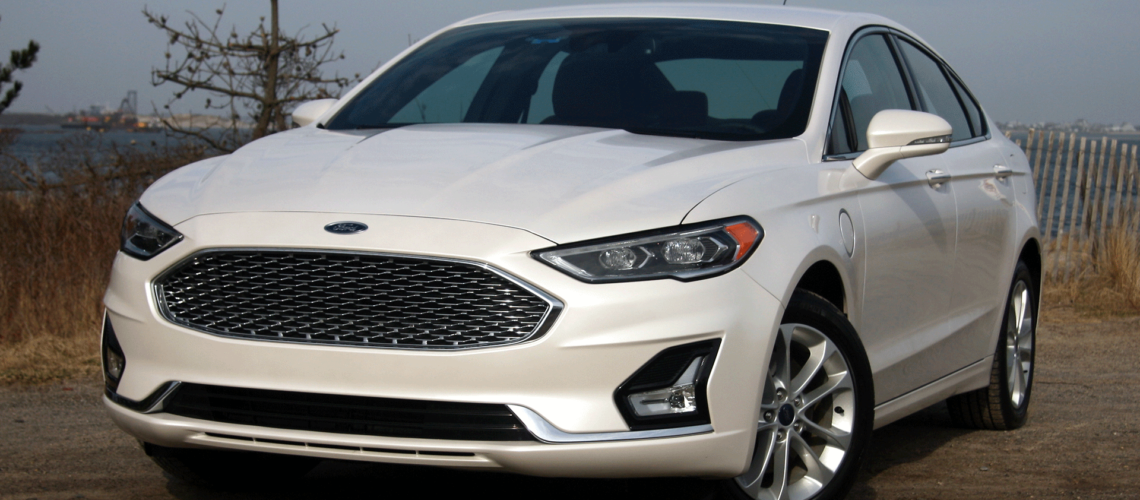The Hidden Costs of Using Your Personal Car for Rideshare
When considering the prospect of becoming a rideshare driver, the promise of flexible hours and quick earnings can be enticing. However, beneath the surface of those appealing advertisements lies a set of hidden costs that many drivers don’t anticipate. If you’re thinking of using your personal car for ridesharing, here are some factors to consider that can significantly impact your bottom line.
1. Increased Wear and Tear
Driving for rideshare services means putting your car through extensive daily use. This increased mileage accelerates wear and tear on key components such as:
- Tires: Regular rideshare driving can wear down your tires much faster, requiring frequent replacements.
- Brakes: Stop-and-go traffic and city driving take a toll on brake pads, necessitating more frequent maintenance.
- Engine Components: Extended driving hours can lead to more frequent oil changes and potential engine repairs.
2. Depreciation
The resale value of your car is heavily influenced by its mileage. Using your personal vehicle for ridesharing will quickly rack up miles, causing its value to drop much faster than it would with normal use. This hidden cost can be significant when it comes time to sell or trade in your car.
3. Insurance Costs
Standard personal auto insurance policies often don’t cover commercial use. To drive legally for rideshare services, you may need:
- Rideshare Endorsement: An addition to your personal policy that covers gaps when you’re between fares.
- Commercial Insurance: In some cases, a more expensive commercial policy may be required.
Failing to disclose your rideshare activity to your insurer could result in claim denials or policy cancellations.
4. Fuel Expenses
While rideshare platforms sometimes offer fuel discounts, the reality is that you’ll be covering most of your gas expenses. Rising fuel prices can quickly eat into your earnings, especially if you’re driving a vehicle with lower fuel efficiency.
5. Cleaning and Maintenance
Keeping your car clean and passenger-ready is a constant expense. Regular cleaning to maintain a good rating can include:
- Car Washes: Frequent exterior washes and interior vacuuming.
- Detailing Services: Occasional deep cleaning for spills or stains caused by passengers.
- Air Fresheners and Supplies: Maintaining a pleasant atmosphere requires ongoing purchases.
6. Opportunity Costs
Time spent driving for rideshare is time that could be used elsewhere. Whether it’s pursuing education, networking for other job opportunities, or simply resting, the value of your time should be factored into the equation.
7. Platform Fees and Commission
Rideshare platforms take a significant percentage of your earnings as commission. While this fee is often justified as covering operational costs, it reduces the money you take home after expenses.
8. Potential Legal and Licensing Fees
Some areas require rideshare drivers to obtain special permits or licenses, which come with additional fees. Failing to comply with local regulations could lead to fines or deactivation from the platform.
9. Health Impacts
Driving for extended periods can have health consequences, such as back pain, stress, and fatigue. Over time, these impacts could result in medical expenses or reduced quality of life.
Is It Worth It?
Before jumping into rideshare driving with your personal car, take the time to calculate your true earnings after accounting for these hidden costs. Tools like expense-tracking apps or consulting with a financial advisor can help you gain clarity.
While ridesharing can be a viable source of income for many, understanding the full scope of expenses is crucial to making an informed decision. Remember: it’s not just about the money you make—it’s about the money you keep.


